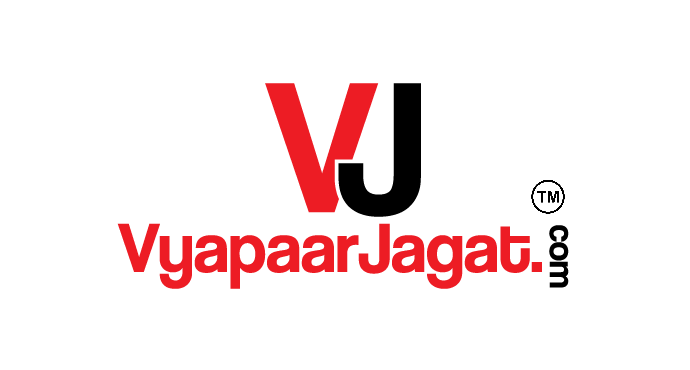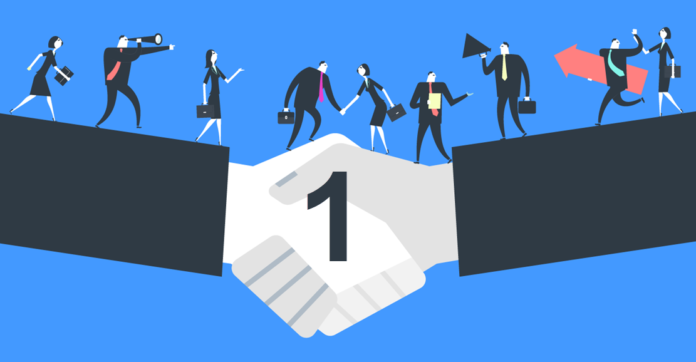In more than 20 years of building companies and products, I’ve learned that in the grand scheme of the startup lifecycle. While you scale your way through growth to eventual sustainability and success, acquiring your first customer is relatively easy. Any good salesperson can sell a good product to the prospect of their choice. Hell, any mediocre salesperson, even when they’re hawking complete crap, can get lucky once. Your first customer is a great signal. But it’s just a signal, not a savior.
What actually matters is what we learn from that first signal and all the signals that follow.
Aggregate value to target prospects
The process starts way before the first sales pitch. Your chances of closing your first big sale are going to be directly related to how well you’re targeting your prospective customers. So let’s begin with a discussion of aggregation and targeting.
All product and service sales come down to usage and aggregated value. It doesn’t matter if your target customer is a consumer or a business. But it makes no difference if your price point is dollars or thousands of dollars. It doesn’t matter if your transaction is completely frictionless or requires a six-month hand-hold by your sales team.
If your customer is a consumer, they’re going to have limited usage with your product or service. And the value needs to be tightly wound into that small usage window. If your customer is a business, they’re likely going to have multiple users and almost continuous usage of the product or service, so the value will be delivered over time.
So a “lot of customers” for your product or service might be 100, or it might be a million. Either way, you’re offering the same value per dollar based on usage. You’re aggregating that value into the sale. So you need to be targeting those customer prospects with the highest expected usage.
A classic rookie mistake made by most entrepreneurs is spraying and praying at large prospect audiences for the sake of their largeness alone. Hoping that those shards of value surface for the right people at the right time.
Don’t do that. Instead, for B2C sales, you’re going to need some intelligence about your prospect list, which means more than Facebook ad demographics. It’s being able to predict the usage based on the source of the prospect. For B2B sales. You need to determine the optimum type of business to sell into: their size, their industry, their appetite for innovation. And anything else you can use to narrow your focus.
Figure out who is going to get the most aggregate value for their usage and target them.
Targeting customer prospects based on value aggregation is not only going to increase the chances of closing, it’s also going to dictate the near future in terms of the growth of your startup. A targeted, good customer is going to make your life a lot easier. A random, poor customer is going to fill your world with complaints, support requests, change requests, feature requests, and ultimately severe changes to your product roadmap.
Consolidate and find a champion
When you’re a startup, your customers are buying innovation. The tricky thing is, no one needs innovation. Rather, they need the derivatives of that innovation — time, simplification, throughput, security.
In order to close a big sale, in other words, the aggregation of many, many units of that usage and value, you’re going to have to consolidate that usage and find a champion of value on the customer side.
So the question becomes: Who benefits the most from the derivatives of innovation brought about by maximizing the usage of your product or service?






